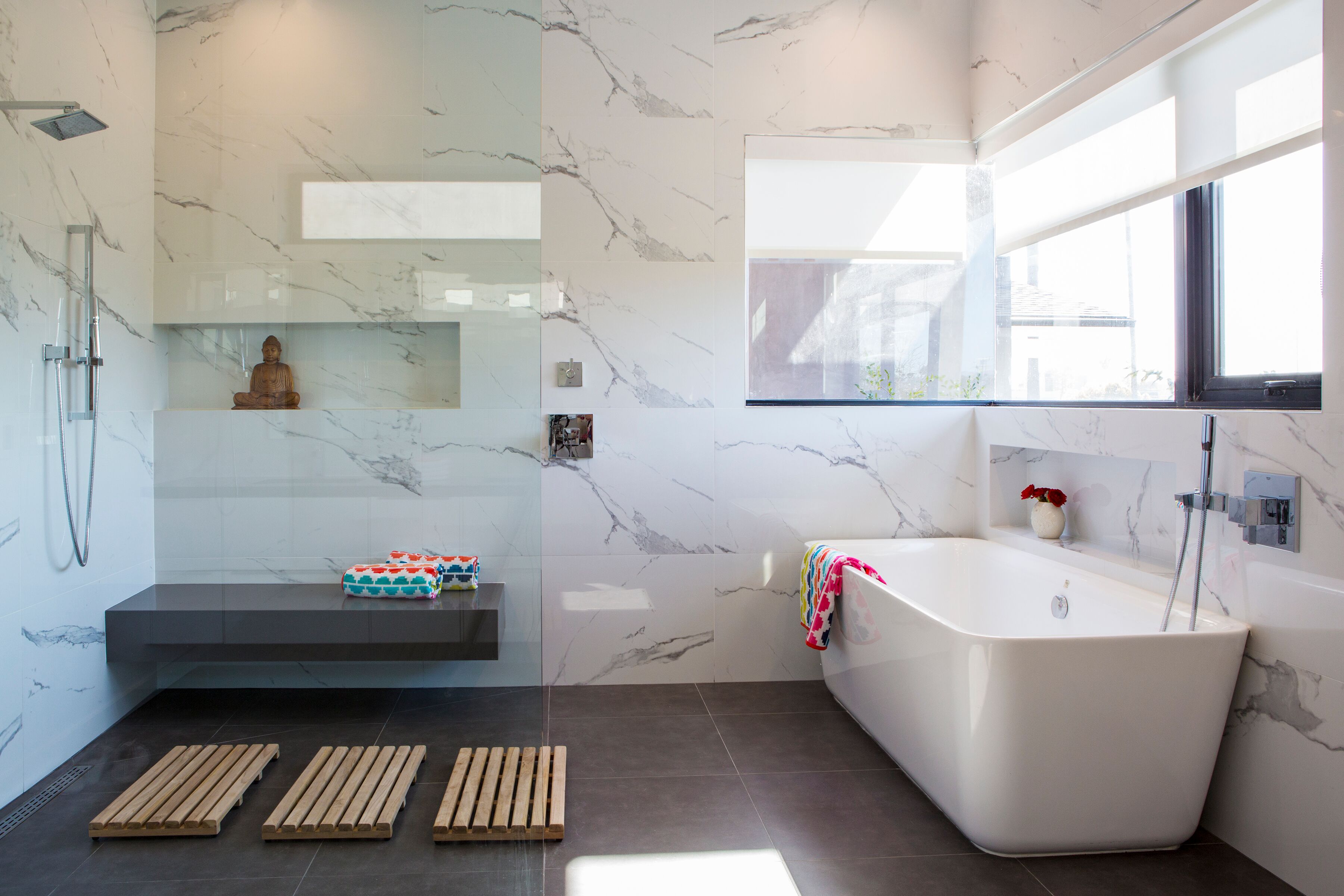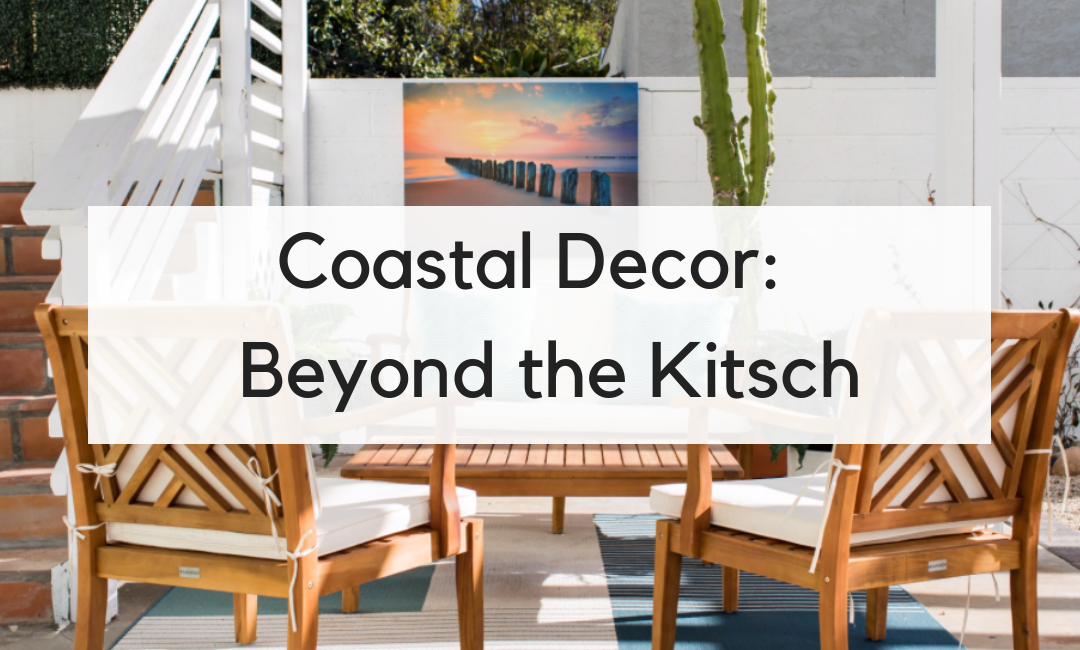Beach Chic: Coastal Decor, But Make it Fashion!
Gone are the days of adorning bookshelves in kitschy, beachy seashell and lighthouse decor to achieve a nautical “theme.” That is, if anything, the opposite of California ‘Cool.’ California Cool, as we define it, is that light, breezy style that’s so coveted these days, even inland, away from the coasts. Here are the tenets of “California Cool” beach-chic style so you can implement in your own home:

Our #1 principle — say it loud for those in the back: Stay on-theme, but not on the nose!
Start with a Neutral Palette for Your Coastal Home
Paint it all White! When it doubt slap a fresh coat of white paint on the walls. Give yourself a neutral backdrop to work with. Paint at the beach takes a lot of wear and tear from the sun and salt. By giving yourself a solid white backdrop to work with, you’ll be able to more easily maintain it. Not to mention it’s a lot easier to swap out fun printed rugs or textiles when you tire of them than it is to repaint an entire room!
Less is More at the Beach
When you start this way, you are letting the existing views and environment do the work for you. Minimalism doesn’t have to define your style, but taking a less is more approach at the beach is always a good idea!
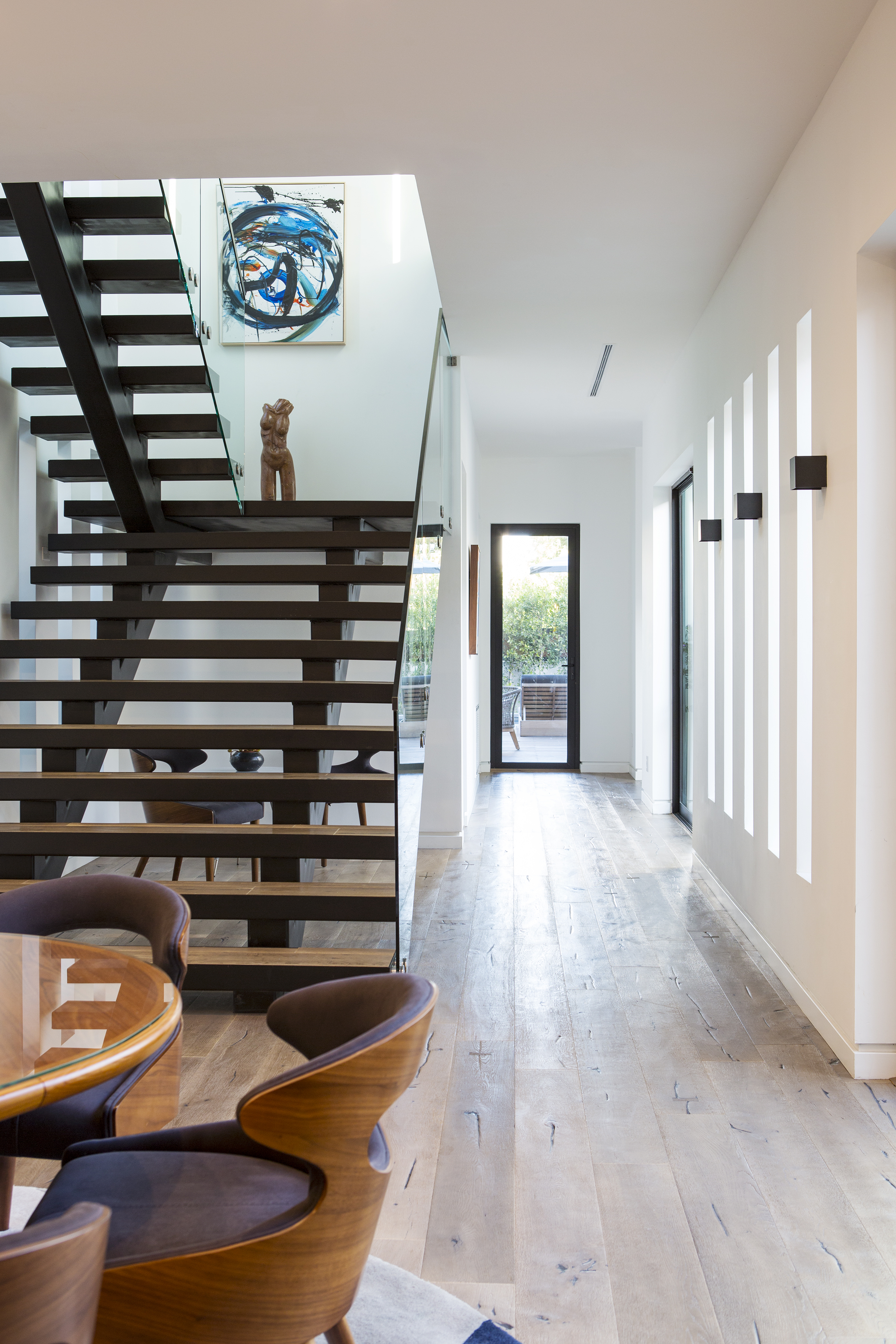
Bring in the Beach: Indoor Outdoor Style
The easiest way to do that is by introducing the colors from the ocean like blues and greens or for a more elegant, monochromatic look go for creamy sand and browns. Here’s an example where we did a little bit of both:
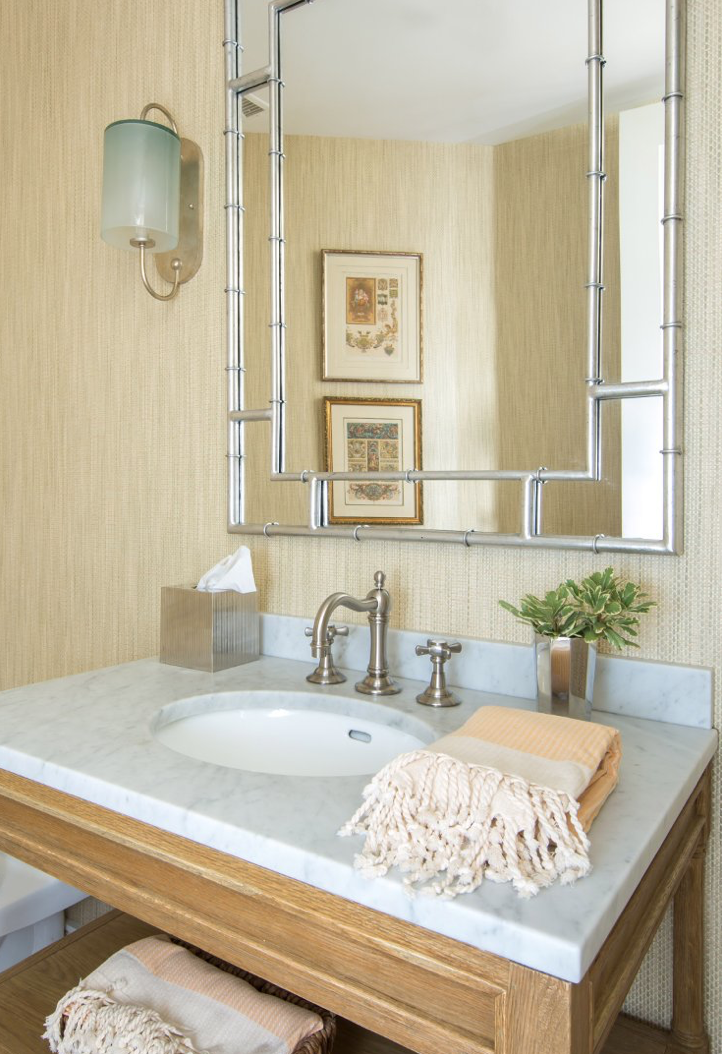
Layers of Texture!
Environments are all about their identifiable layers. And what designers do so well is extract those layers and implement them in creative ways to create a lived-in feel. At the beach – you have the contrast of the hot coarse sand with the silky palms and chilly ocean. Bring some of that indoors too recreate the experience – Rattan and wicker and are personal favorite ways to do this indoors and out, but if shiplap and mixed woods are more your thing, go for it!
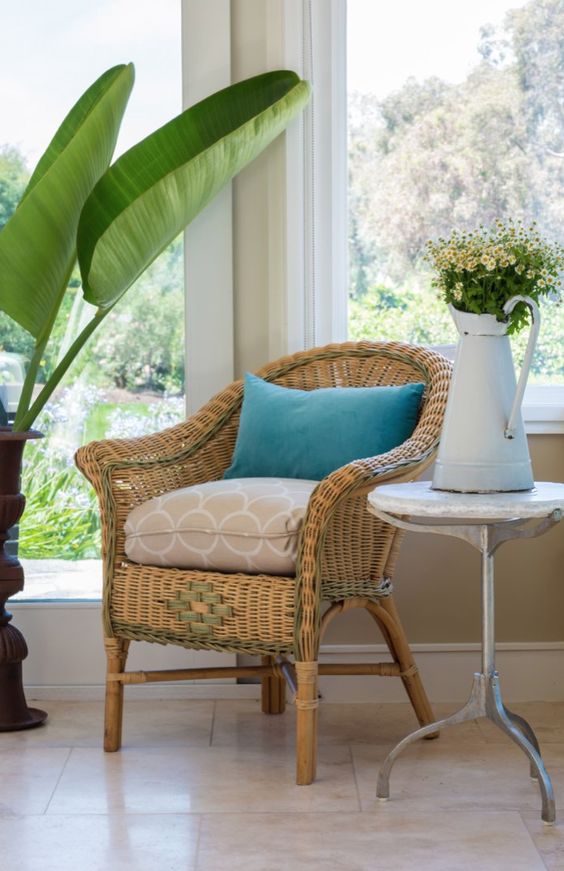
Another Note on Rattan:
Rattan really is a blast from the past trend we can never seem to shake and there are some gorgeous furnishings being manufactured now that are durable outdoors but just as beautiful indoors as well. Textiles and accessories should embrace color and prints. Think: kilim rugs with beautiful fades.
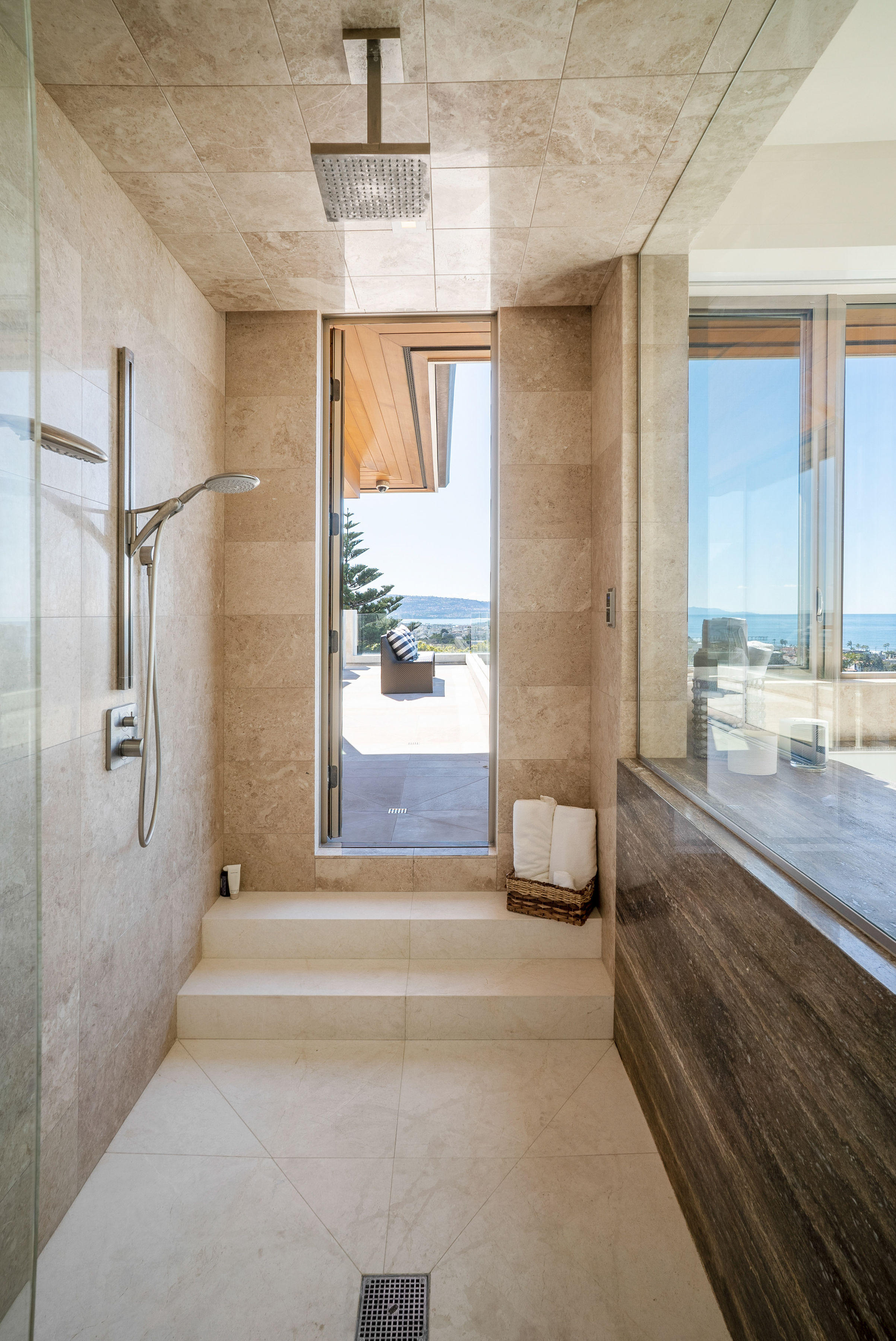
Choose a Theme for Your Beach House
This is where things can get tricky. We have a tendency to get overloaded with options when it comes to coastal decor and can develop decision fatigue – but you have to decide do you want a tropical prints reminiscent of Hawaii or seashells from the SoCal coast or lighthouses like you’re on the cape? Pick and stick to one!
A Coastal Case Study: Luxury Living in Manhattan Beach
For this Manhattan Beach home, we kept things pretty neutral throughout. Adding a splash of personality in the form of a navy horizontal cabana stripe outdoors to mimmic the coastal horizon behind it.
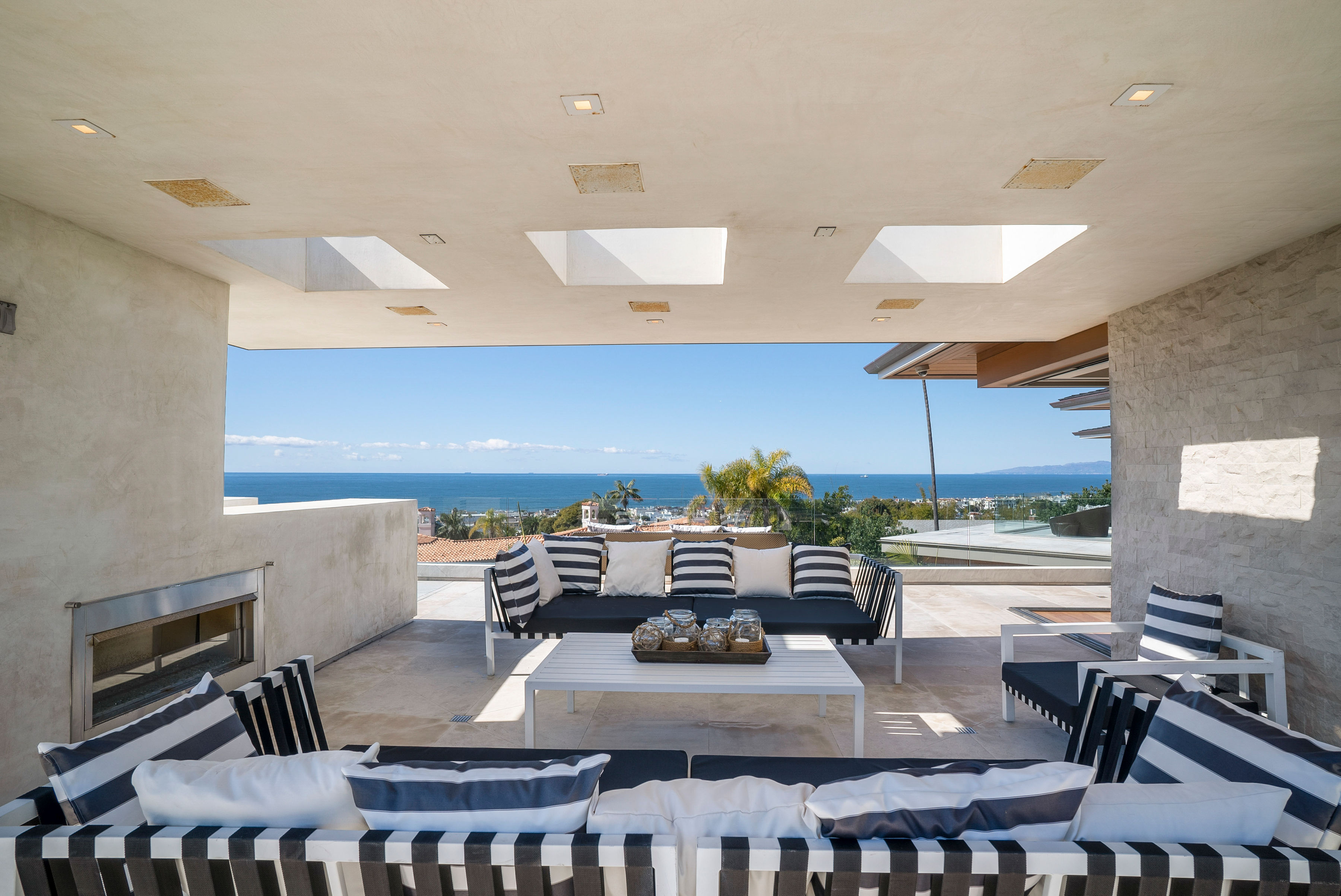
A Note on Coastal Accessories
One way I like to avoid kitschy decor in coastal interiors is by accessorizing with clear apothecary jars that you can fill with rocks or sand to make it personal! Accessories and art, as we mentioned shouldn’t be explicitly ‘themed.’ Another way is with lighting! Select lighting in organic shapes that imitate objects you may find at the beach – coral, rocks, sand dollars, etc. Here’s more on how to avoid the coastal kitsch trap.
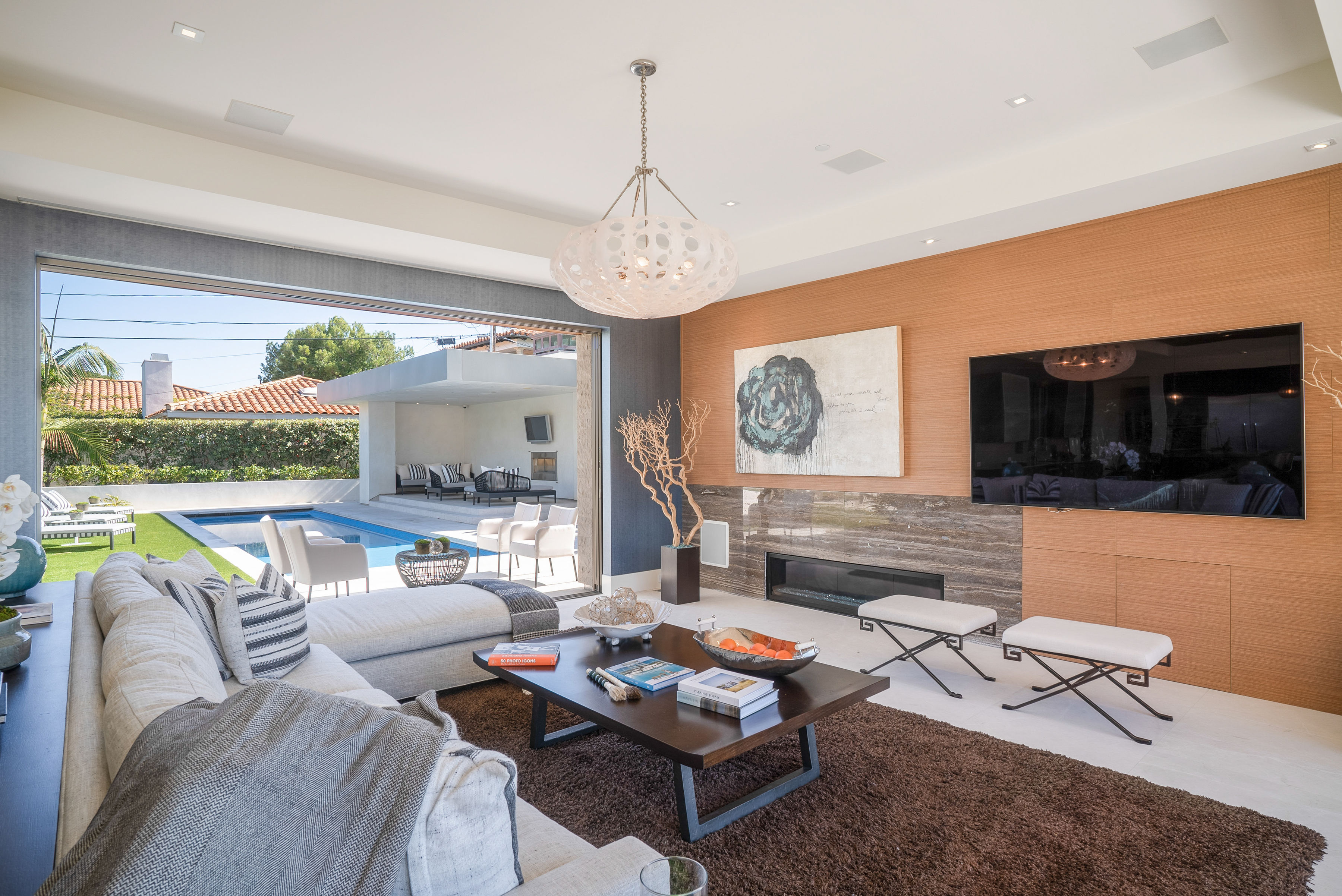
Think Like an Impressionist, Not a Realist
We challenge you to think more abstractly when it comes to accessories and art: Rather than a painting of a beach scene, opt for an abstraction within your color palette. The Venice Beach house we recently completed is a great example of remaining on theme, but not on the nose:
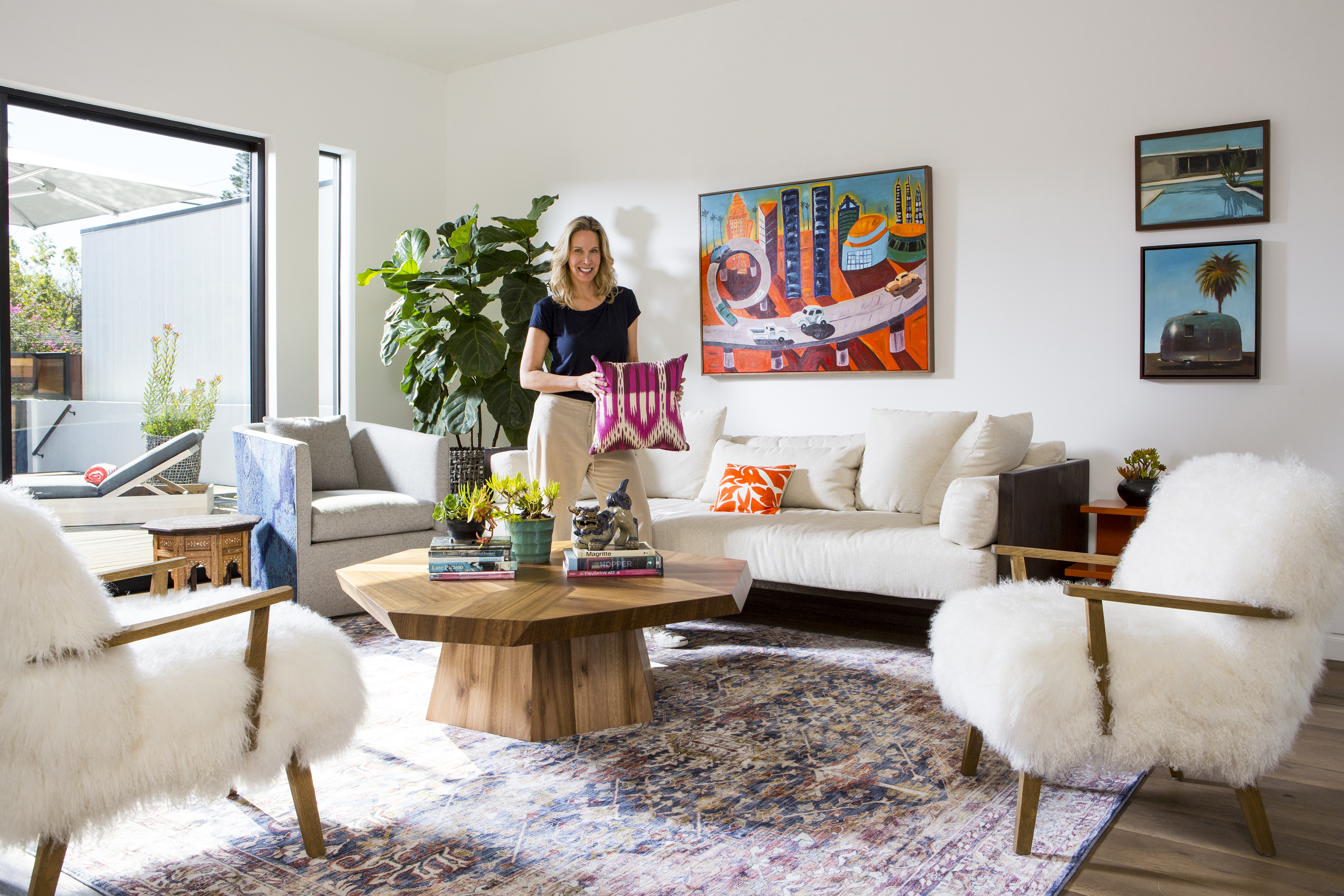
Maintainable Materials for Your Beach House
Our construction partners at SoCal Contractor wrote all about the best building materials to choose for your beach house, so we won’t spend a ton of time on that here. You can read their post here.

Think Twice Before You Get Creative!
As a general rule of thumb, be conscious of the materials you’re choosing at the beach – If there is a particular reason you don’t see a lot of a material being used at the beach, there might be a reason for it. Do some research on how sustainable, energy-efficient, and safe materials are going to be in the wet, salty climate.
